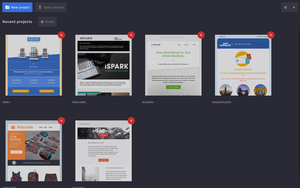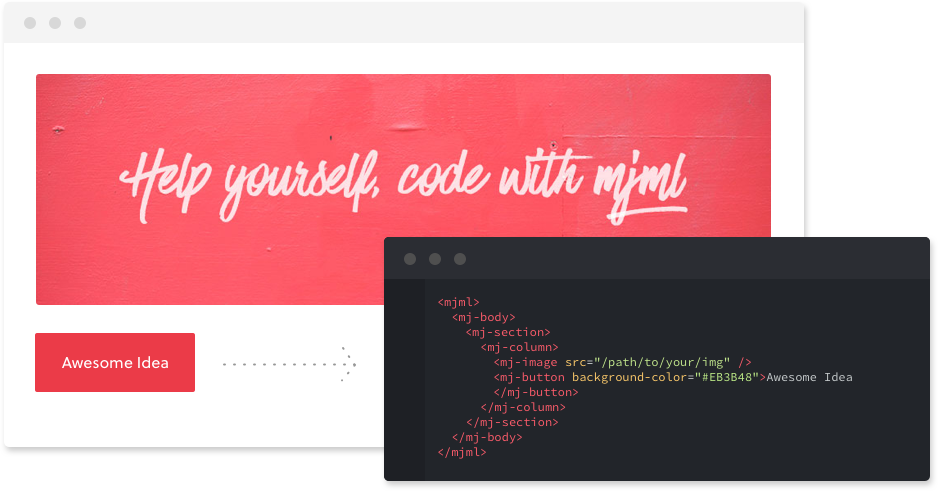

Many browsers recognize tags but others will omit them.

What looks great on your testing environment, might render as a completely random set of styles and copy on users’ devices. If you’ve ever tried to build and deliver emails with any framework, you know how painful it can be. To no surprise, building an email template in React works in exactly the same fashion.
#Mjml templates how to
Let’s talk about how to do it.Īs you know, ReactJS projects are built using reusable components, pieces of UI that can be grouped with one another and placed around web pages with almost no effort. If the email workflow you just added is meant for the user’s inbox (for example, a newsletter confirmation form), you probably want to beautify the message a little bit. Since emails sent this way land usually in your inboxes, you don’t care much about formatting and styles. Please refer to their documentation for more details.Īs you can see, this approach is fairly quick to set up and will do its job for basic things, such as most contact forms. Of course, many other tools such as SendGrid, Sendinblue or Mandrill can be implemented too thanks to their APIs. Follow this example to see how Mailjet can be implemented with your Express backend. Once you have the backend, it’s time to connect a service specializing in sending emails. This guide takes you step by step through the steps required to quickly build an Express Node.js backend. As mentioned in the beginning of this article, ReactJS itself doesn’t have sending capabilities.

If EmailJS won’t work for your use case, there’s an option to set up your own backend quickly and connect the 3rd party tool for email sending. Setting up an Express backend and connecting 3rd parties Replace the function parameters with your own and test if everything went smoothly in the EmailJS dashboard.ĭon’t forget to import and use your Form component from the main component of your application which is located at src/App.js.


 0 kommentar(er)
0 kommentar(er)
